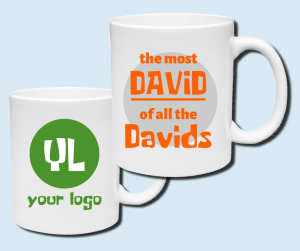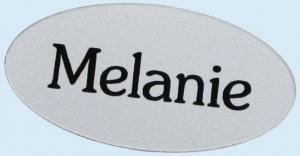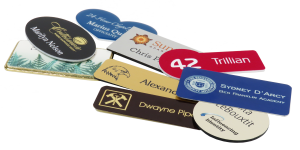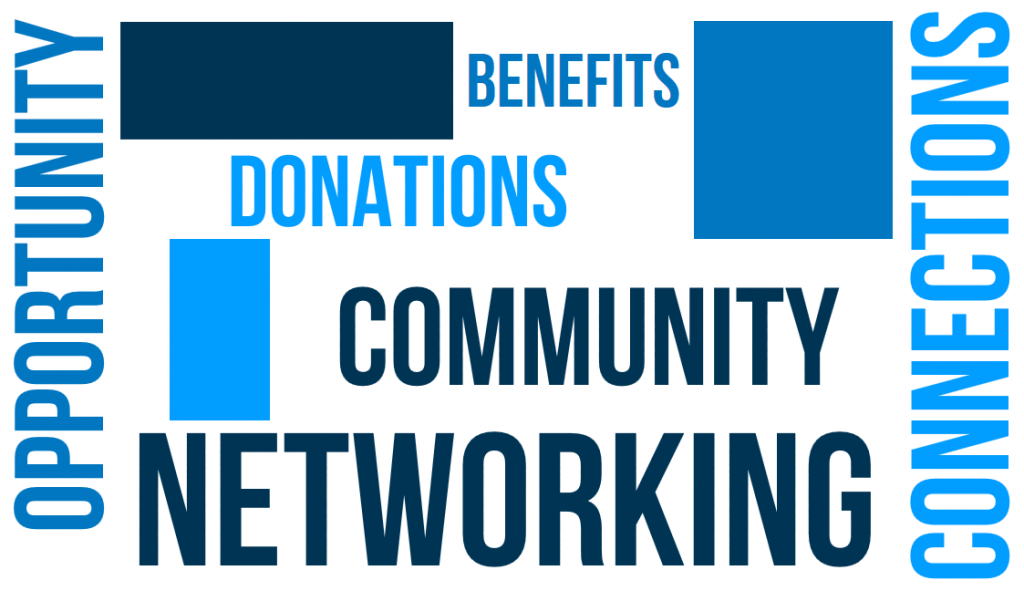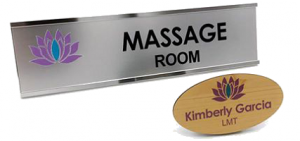Corporate gifting is a fun and captivating way to show appreciation for colleagues and clients. Gift giving is also a powerful investment tool for your business. Take a moment and think about how important it is to recognize those who keep your business running.
You are creating a personal connection to people you work with by giving gifts. These individuals will feel more valued and appreciated as they receive a thoughtful gift. And, there is no better way to strengthen a business relationship.
As such, corporate gifting has been on the rise for the past few years. This rise happens as more business owners discover the benefits of thanking their customers, employees and other business partners with a simple gift. No matter the present, how you give to those keeping you in business says a lot about you as a professional.

What is corporate gifting?
Corporate gift giving is an effective way to sustain your customer and employee retention. Giving these gifts will help you build critical relationships with customers and colleagues. And, most importantly, it will allow you to express your gratitude to the company’s employees. It is a simple concept to show appreciation to your professional network and will increase your business opportunities.
According to numerous surveys, most business gifts are given to major clients. After that comes employees, then prospective clients. Reasons for gift giving range from thanking long-standing customers for their business to recognizing a valued employee for working on a weekend. The basic reason is the same: to affirm relationships and enhance the personal connection between the giver and recipient.
Gifts differ from incentives in that they’re offered with no explicit preconditions for performance. They differ from ad specialties in that they don’t contain any blatant imprints or advertising. They differ from recognition in that they’re not part of prescribed programs.
But that doesn’t mean that there isn’t a bottom-line benefit to be derived from corporate gift giving. Just about everyone agrees that when done correctly, gifting is a cost-effective way to build a sense of partnership with valued associates. And, they know that the primary reason for gifting is to acknowledge relationships and improve personal connections.
Why should you participate in corporate gifting?
For some companies, corporate gifting is an essential part of their marketing strategy. It is, by far, one of the most productive ways to grow and sustain your business. And, for many companies, giving is a fundamental detail within their business model.
Most business owners would agree that, when done correctly, corporate gifting provides an opportunity to connect with their clients and strengthen employee ties. And, while there are many reasons for corporate gifting, the underlying goal is to sustain relationships and deepen personal connections between the business owner and their colleagues. Retention, recruiting and business development are three other great reasons to give a gift.
Show how much you value the relationships you have built through your business by handing out corporate gifts. By doing this, your bottom-line becomes a social, rather than a financial benefit. But don’t just give a gift because you think your clients and employees expect it. Give because you want to sustain these relationships.
Because of your corporate gifting, your business transactions increase and so does your customer retention. By giving corporate gifts to your business associates, you continue to develop a positive image in your customer’s mind. So, customers who receive thoughtful corporate gifts from your business tend to buy more products and request services from you.
However, many corporations don’t understand that gifts and incentives contribute to maintaining a business commitment. Corporate gifting helps maintain the relationships you have already worked so hard to establish. It also helps the recipient remember your company because you gave them such an enjoyable and memorable gift.
We are social creatures who express our feelings by giving gifts.
It can be any occasion, be it a birthday, anniversary or to even show love and gratitude, giving gifts is an activity we all do. Let us go back in time to find the origins of gift giving. Giving gifts is one of the oldest human activities; it may have started just after the origin of our species. Even primitive beings gave gifts to one another; often tribe leaders awarded tribe members for any achievement that is gain for the entire tribe.
Earlier gifts used to be a little unusual, but these were the only precious things available at that time. Unusually shaped rocks, a tooth are some examples. These things came naturally from nature and were given without any modification. As we developed tools, holes were drilled into these rocks or a tooth to use them as necklaces or bracelets. Then idols gifted were made from carving wood or stone for as idol worship started among people. Later, people used to offer each other good luck tokens; these token were given as presents. Even today, corporate gifting is part of our everyday culture; it is a means to express our feelings for one another.
So then, to whom should you be sending these gifts?

Your gift recipient list should always include significant clients, business partners, valued suppliers and especially your employees. After all, your employees are your most valuable asset, so you want to show how much you appreciate them. Other notable people to consider sending corporate gifts can include prospective clients or new customers.
Gift these gifts as employee recognition. Some companies give managers a discretionary budget that may be spent on gifts to recognize employees for exceptional behavior. Actions worthy of special recognition include going “above and beyond” to please a customer, putting in long hours to complete a project on time, making a cost-saving or productivity-enhancing suggestion or completing a big sale. Some executives would argue that such actions are expected as part of an employee’s job and should be rewarded at performance-review time. Yet, the evidence suggests that carefully timed and appropriate gifts not only make people feel appreciated for their performance, they also increase the chances people will feel good about going the extra mile in the future.
When giving gifts for a special performance, make sure the gift is appropriate to the employee receiving it, and the presentation is made in a personal and, if possible, public forum. The recipient and his or her colleagues must know why the gift is being presented. Publicity in the company newsletter, or even an announcement in the lunchroom, ensures that people know the types of behaviors the organization wants to promote. Employees typically receive gifts as awards for years of service.
Now, sometimes the hardest question: what do you give as your corporate gift?
Don’t make showing appreciation with corporate gifts for your customers, clients and employees complicated. Company branding is important to remember while you are giving your corporate gifts. And when gift giving, branding is crucial for all corporations. These gifts help to promote a company’s brand and provide continued employee loyalty. And, in the past few years, personalized gifts are replacing other gift types.
No wonder that the customized corporate gift acts as a brand tool and creates brand awareness among the receiver. Gifts given away as a promotional item with the company’s logo and tagline helps create brand recognition. The best way to create awareness is by giving small promotional gifts as it not only attracts more people but helps to retain your brand in the market.
Remember to choose gifts that will assist in cementing business relationships and boost your sales and service requests. The best gift option is something that will be meaningful for your recipients. So, make sure to do your research before selecting what you are giving away. What works for one client may not work for your employees. Frequently, businesses must decide on several gift types to accommodate all of their recipients.
Businesses have a lot of different choices for what to send people as corporate gifts. As a rule of thumb, think about how professional you need the gift to be. And, consider if you would want to receive the gift as well. Remember not to overstep your bounds if you are trying to personalize these gifts. Keep in mind that this is your opportunity to connect with an individual using marketing strategies.
P.S. Don’t forget to personalize your corporate gifts!
Attach a personalized handwritten note to every gift for an added touch so your colleagues and clients will remember you for years to come. Oh, and hand deliver each one so you can continue to strengthen every business relationship you have.





